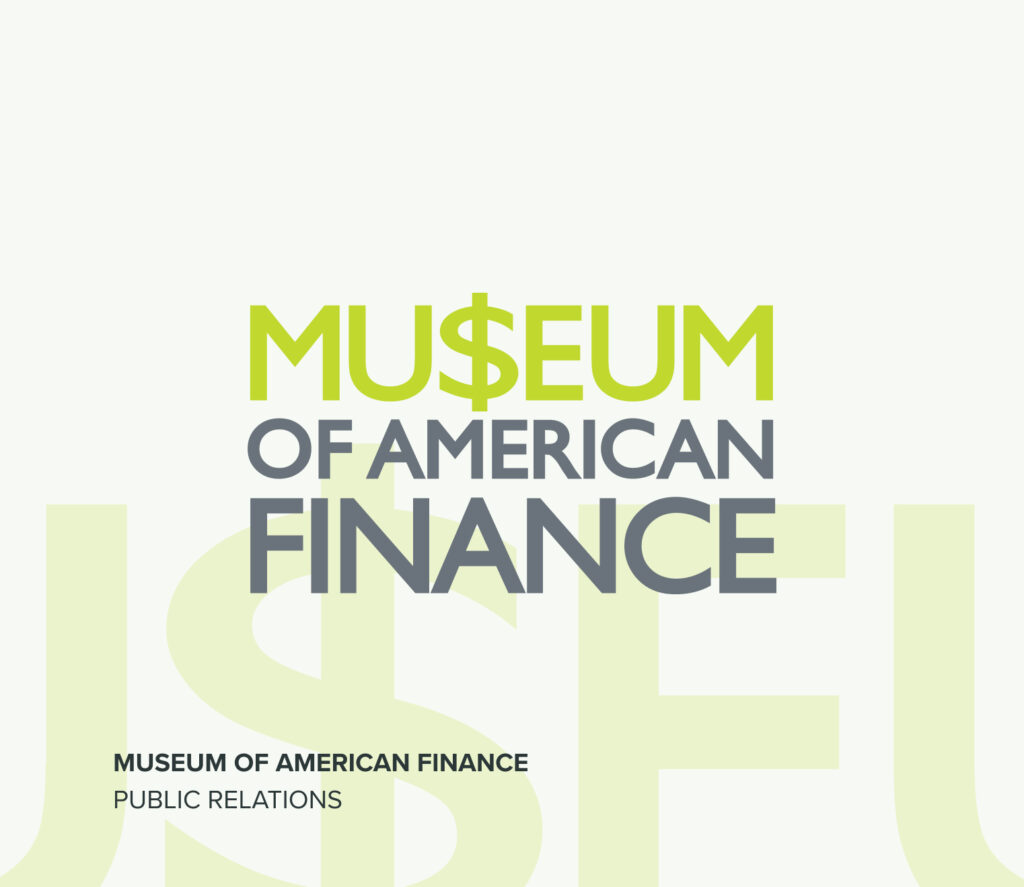Today in History: Tulsa Race Massacre & Its Impact on Black Wall Street
Today In History: The Tulsa Race Massacre & Burning of Black Wall Street
At Vested, we’ve done several “Today In History” posts. Most of them are quirky and fun — like when we talked about the Witch of Wall Street or the origins of the Wall Street bull. But history has its dark moments.
It’s important to reflect on events that horrify us, so we can prevent them from happening again. Today is one of those days, as we mark the 100th anniversary of the Tulsa Race Massacre — one of the most significantly overlooked and worst instances of racial violence in U.S. history.
Over the course of 18 hours, from the evening of May 31 into the morning of June 1, 1921, a white mob attacked residents, homes and businesses in one of the most affluent Black communities in the country.
The violence claimed hundreds of lives and decimated more than 1,000 homes and businesses, including 35 blocks of the city’s Greenwood District, commonly known as Black Wall Street.
President Biden has become the first president in history with plans to visit Tulsa in order to commemorate the anniversary of the massacre. His administration has also announced that they will be pursuing initiatives that will work to narrow the racial wealth gap in the city by addressing inequities in home appraisals, and ensuring that a 50 percent share of federal contracts will go to “small disadvantaged businesses” over the next five years.
Setting The Scene: Tulsa In 1921
Greenwood was founded in 1906 by O.W. Gurley, a wealthy landowner who purchased 40 acres of land and became the first Black business owner in Tulsa when he opened a rooming house on what would later become Greenwood Avenue. He subdivided his land into residential and commercial lots and attracted other Black owned businesses to the area. By 1920, the Greenwood District had grown from 2,000 to nearly 10,000 residents in a city of roughly 100,000 people.
Greenwood was celebrated as a model of Black prosperity and potential, boasting its own school system, post office, hospital and bus system. Greenwood Avenue became home to luxury shops, restaurants, movie theaters, nightclubs and more. In a state with only two airports, there were six Black families in Greenwood who owned private planes.
Part of the community’s success is attributed to group economics and how long a dollar stayed in circulation- the money spent in the Greenwood District would change hands an average of 19 times before it left the community.
Greenwood was also home to far less affluent families who worked in labor and service jobs in the white sections of Tulsa, but brought the money they earned back to the district to be spent.
Underneath the affluence, however, Black resentment over Jim Crow laws and voting suppression simmered. Resurgence of the Ku Klux Klan and lynchings across the country, particularly the Red Summer of 1919, contributed to building tension between the races. The Tulsa Star went so far as to encourage Black residents to take up arms and guard courthouses and jails to ensure Black people who were on trial received fair justice.
When a Black teenager was arrested after an encounter with a young white woman, rumors flew and the city quickly exploded into violence.
The Elevator Encounter That Sparked A Massacre
The events of the Tulsa Race Massacre only lasted 18 hours, but they remain one of the deadliest outbreaks of racial violence in U.S. history.
Heightened racial animosity came to a head when a 19-year-old Black shoe shiner named Dick Rowland walked into the Drexel Building on May 30, 1921, and encountered Sarah Page, the young white woman operating the elevator.
No one knows exactly what happened in the elevator, and the details varied account to account. However, Rowland was ultimately arrested the next day as the police began their investigation into an alleged assault.
By the evening of May 31, an angry white mob formed at the courthouse and the sheriff and his deputies moved Dick Rowland to the top floor and built barricades in an attempt to protect him.
A Mob Spirals Out Of Control
Alarmed by rumors of a possible lynching, a small group of 75 armed Black men went to the courthouse to offer their help to protect Rowland. By 10 P.M., the white mob had swelled to 1,500, many of whom were also armed. As the two groups confronted one another, someone fired a gun, and the long-simmering racial tensions erupted into chaos and violence. The Black men retreated to Greenwood to protect their homes, while members of the white mob descended upon the surrounding neighborhoods.
Fueled by mob hysteria and rumors of a Black uprising, white Tulsans invaded the Greenwood District into the early hours of June 1. They looted and burned homes and businesses, and attacked and murdered Black citizens. Eyewitness statements even recall airplanes being used to shoot and bomb the city with kerosene.
When firefighters came, the mob threatened them with violence when they tried to extinguish the fires. Finally, the Governor declared martial law and sent the National Guard into Greenwood.
A Neighborhood In Ruins: Assessing The Damage
By the end of June 1, the riot was over, but Greenwood was in ruins and most of its people were homeless. Homes, churches, businesses, schools, libraries, and hospitals were burned to the ground.
In the words of eyewitness B.C. Franklin, “…the fires raged and burned everything in its path and it left nothing but ashes and burned safes and trunks and the like where once stood beautiful homes and business houses. And so proud, rich Black Tulsa was destroyed by fire…”
In addition to the nearly $25 million (in modern dollars) worth of property damage, many lives were taken in the violence. Estimates vary, but historians believe as many as 300 people were killed. Thousands of Black Tulsans were detained in make-shift internment centers at the Convention Hall, fairgrounds and a baseball field. The only hospital that served Black people burned down, meaning that many victims of the massacre went untreated.
As for Dick Rowland, the police ultimately concluded that he had done nothing wrong and released him from jail. Like hundreds of other residents and survivors, he immediately left Tulsa and never returned.
The Fight To Talk About Tulsa
For decades, the Tulsa Race Massacre was buried in history. Officials attempted to cover up the events by removing key records, imagery and eye witness accounts. Few history books mention the massacre; it wasn’t included in Oklahoma’s public school curriculum until 2000, and it didn’t enter American history textbooks until recently.
For Black Tulsans, the massacre resulted in a generational decline in educational achievement, home ownership and occupational status that lasted through at least the 1940s, according to a recent study led by Harvard University’s Alex Albright. The study also found higher rates of labor force participation, particularly in women, and spillover effects to other Black communities within the state of Oklahoma. According to the Harvard study, the Massacre also reduced average Black incomes by 7.3% for those who stayed in the Greenwood area.
On the single remaining block of the once hailed Black Wall Street now stands only a handful of Black owned businesses. It is nearly impossible to put an exact monetary number to the damage done, as not all residents filed insurance claims or were compensated due to loopholes in their policies. However, estimated total financial losses amount to as much as $50-100 million in modern dollars.
The 1921 Tulsa Race Riot Commission was formed in 1997 to investigate the events surrounding that fateful night and officially released their report in 2001. The Commission’s legacy project called Greenwood Rising unites the remaining survivors, community members and families of the massacre victims to commemorate and tell the whole story behind the history of Greenwood. The flagship project is being built as a world-class history center that will honor the icons of Black Wall Street, memorialize the victims of the massacre, and inspire meaningful, sustainable action for the future of the Black community in Tulsa.


